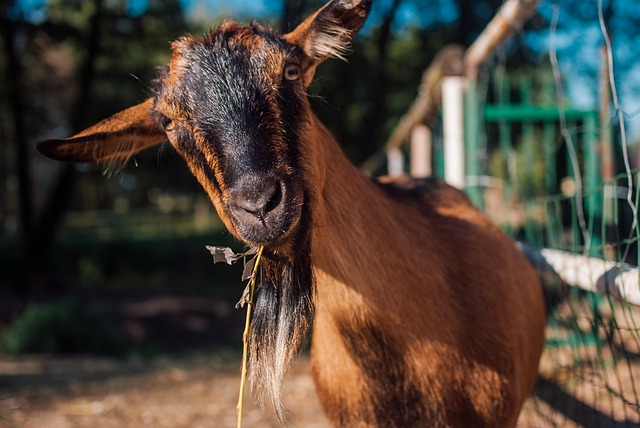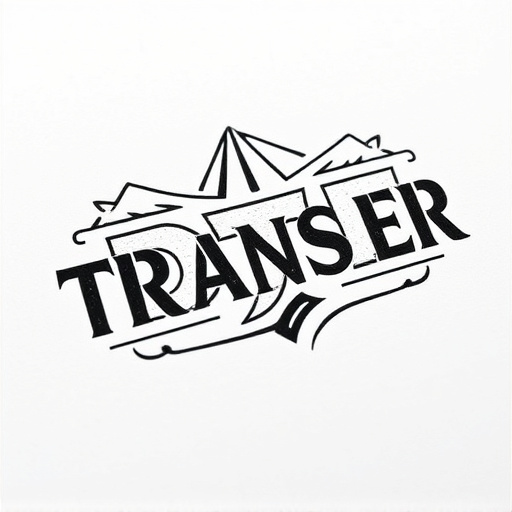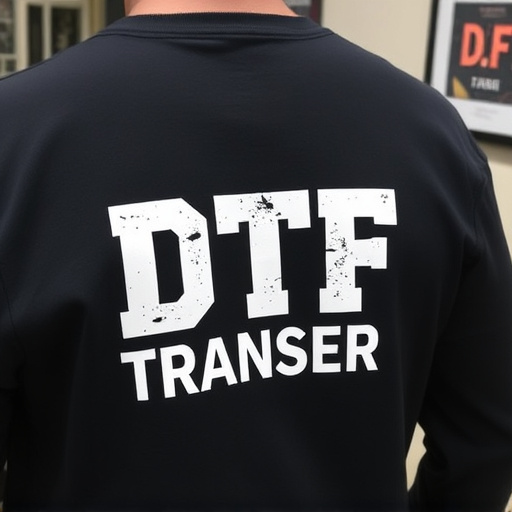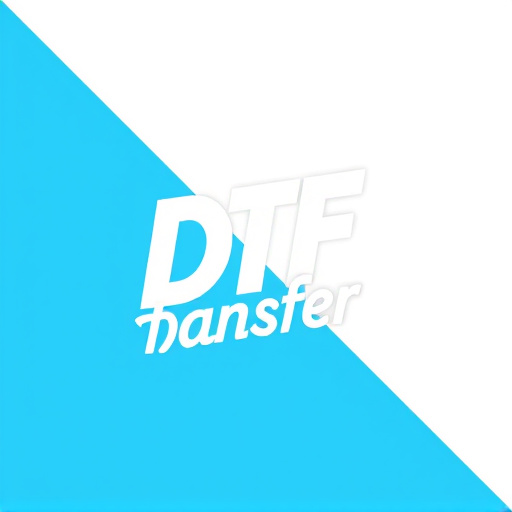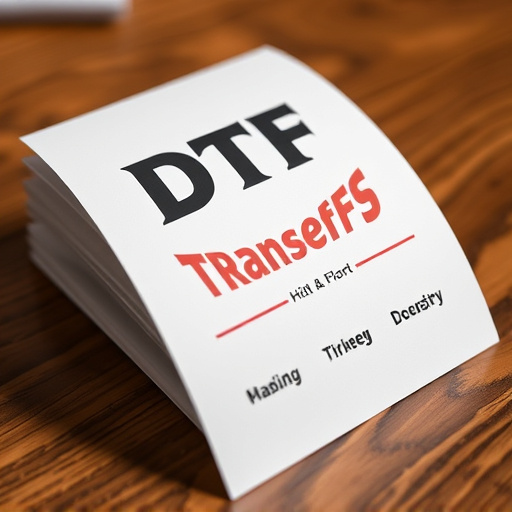Direct-to-Film (DTF) prints are transforming local manufacturing by offering high-quality, efficient alternatives to traditional methods. This technology benefits diverse industries, supports local economies, reduces environmental impact, and ensures fast turnaround times with excellent color accuracy. Locally produced DTF transfers excel in customization, material selection, and trend response, appealing to niche markets. Sourcing locally also promotes economic growth, sustainability, and transparency. However, the initial investment and quality control challenges must be overcome for widespread adoption, as successful local initiatives worldwide demonstrate the global potential of DTF printing in empowering communities with advanced technology.
“Direct-to-film (DTF) prints are revolutionizing local manufacturing, offering businesses a dynamic way to produce high-quality, custom graphics without relying on imports. This article delves into the world of locally manufactured DTF transfers, exploring their benefits for businesses and the impact on quality and customization. We’ll also discuss sourcing materials, developing supply chains, overcoming challenges, and present successful case studies. Discover how embracing local DTF manufacturing can enhance your production process and foster a vibrant, sustainable economy.”
- Understanding Direct-to-Film (DTF) Prints: A Local Manufacturing Approach
- Benefits of Locally Produced DTF Transfers for Businesses
- The Impact on Quality and Customization
- Sourcing Materials and Developing Local Supply Chains
- Overcoming Challenges in Adopting Local DTF Production
- Case Studies: Successful Implementations of Local DTF Manufacturing
Understanding Direct-to-Film (DTF) Prints: A Local Manufacturing Approach

Direct-to-Film (DTF) prints represent a cutting-edge local manufacturing approach that’s transforming the way we produce and consume visual content. This innovative technique allows for high-quality printing directly onto various film types, offering artists and businesses an alternative to traditional import-reliant methods. By eliminating the need for intermediaries, DTF Prints empower local production, ensuring faster turnaround times and a reduced environmental footprint.
Local manufacturers using DTF technology can cater to diverse industries, from art and design to signage and packaging. The process involves advanced printing machines that apply pigmented inks directly onto films, offering exceptional color accuracy and durability. This localized production not only supports regional economies but also enables businesses to meet the ever-changing demands of their customers more efficiently and sustainably.
Benefits of Locally Produced DTF Transfers for Businesses

Locally manufactured direct-to-film (DTF) transfers offer numerous advantages for businesses seeking to produce high-quality prints without relying on imports. By sourcing production locally, companies can significantly reduce lead times, ensuring a swift turnaround of orders and enabling them to meet customer demands promptly. This is especially beneficial in dynamic markets where quick response times are crucial.
Additionally, local DTF production allows for greater control over quality standards. Local manufacturers often have more invested in maintaining consistent output, utilizing cutting-edge technology, and adhering to strict industry guidelines. As a result, businesses can expect superior print quality, vibrant colors, and enhanced durability with locally produced DTF prints. This commitment to excellence fosters brand reputation and customer satisfaction.
The Impact on Quality and Customization

Locally manufactured direct-to-film (DTF) transfers offer a significant advantage in terms of quality and customization compared to imported alternatives. By producing DTF prints domestically, businesses can maintain tighter control over the manufacturing process. This ensures that each step, from material selection to printing techniques, aligns with the desired specifications, resulting in superior image fidelity and color accuracy. The ability to customize at a local level is particularly beneficial for niche markets or unique design requirements.
Local production allows for quicker response times to changing trends and customer demands, as well as the flexibility to incorporate specialized techniques or materials that might be difficult to source internationally. This customization not only enhances the final product’s aesthetics but also fosters a deeper connection between manufacturers and their clients, leading to more tailored and satisfying outcomes for both parties.
Sourcing Materials and Developing Local Supply Chains
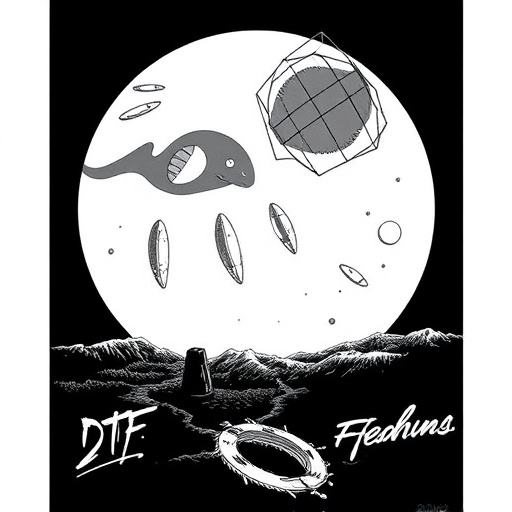
Sourcing high-quality materials is a cornerstone for creating exceptional direct-to-film (DTF) prints. Local manufacturers can offer a distinct advantage by providing access to raw materials and components tailored to specific DTF printing needs. This reduces lead times associated with international imports and ensures a consistent supply of critical components, such as inks, substrates, and processing equipment.
Developing local supply chains fosters economic growth and creates employment opportunities within the community. It enables businesses to forge strong partnerships, ensuring a reliable and responsive manufacturing base. By investing in local sourcing, DTF print manufacturers can contribute to sustainable practices, minimize environmental impact, and offer customers not just superior products but also a transparent and ethical production process.
Overcoming Challenges in Adopting Local DTF Production

The transition to locally manufactured direct-to-film (DTF) transfers presents a promising path for businesses and enthusiasts aiming to avoid imports, but it’s not without its challenges. One significant hurdle is the initial investment required to set up local production facilities. Establishing a DTF printing plant demands substantial capital for advanced machinery, expert technicians, and a steady supply of high-quality materials, which can be a deterring factor for smaller enterprises or startups.
Additionally, ensuring consistent quality and efficiency in local DTF production is crucial. The process requires precise color matching, sharp resolution, and robust durability, all while maintaining a competitive price point. Overcoming these challenges involves continuous research & development, staying updated with the latest technologies, and fostering partnerships with reliable local suppliers to ensure a steady, high-quality output that meets market demands for DTF Prints.
Case Studies: Successful Implementations of Local DTF Manufacturing

Local manufacturing of direct-to-film (DTF) prints has seen remarkable success stories across various regions, offering a sustainable alternative to imported solutions. One prominent example is the case of a small community in rural India where local artisans embraced DTF technology to produce traditional textile designs. By establishing a cooperative, they not only created jobs but also ensured authentic, locally sourced products, reducing the environmental impact associated with international shipping. This initiative sparked interest among neighboring villages, leading to a vibrant, locally driven industry that promotes cultural heritage and economic growth.
Another inspiring implementation is in Southeast Asia, where urban youth took advantage of DTF printing’s versatility to create unique fashion items. Local manufacturers utilized eco-friendly materials and innovative techniques to produce limited-edition clothing, accessories, and home decor. This approach not only catered to the region’s growing demand for sustainable fashion but also fostered a sense of community and creativity. The success of these ventures highlights the potential for local DTF manufacturing to thrive globally, challenging traditional import models and empowering communities with accessible, cutting-edge technology.






